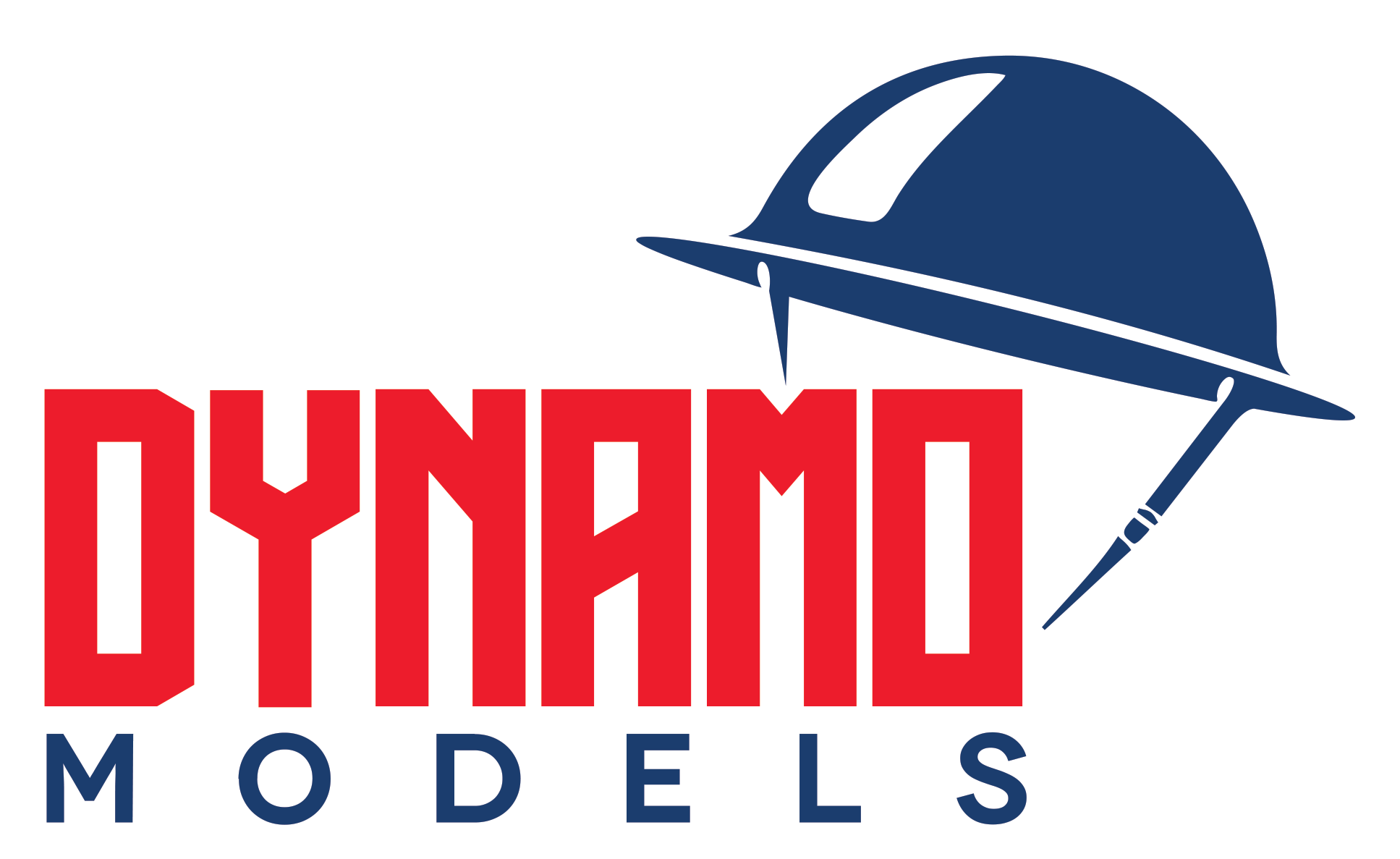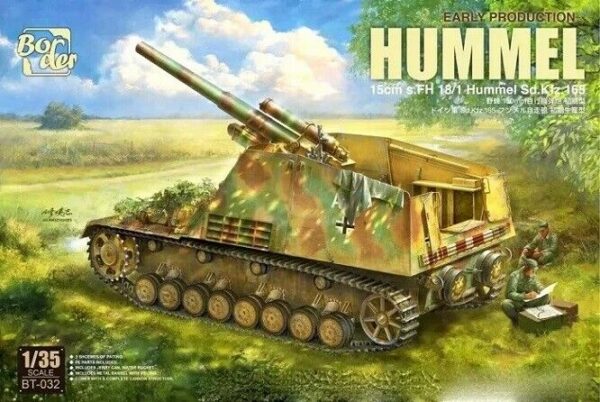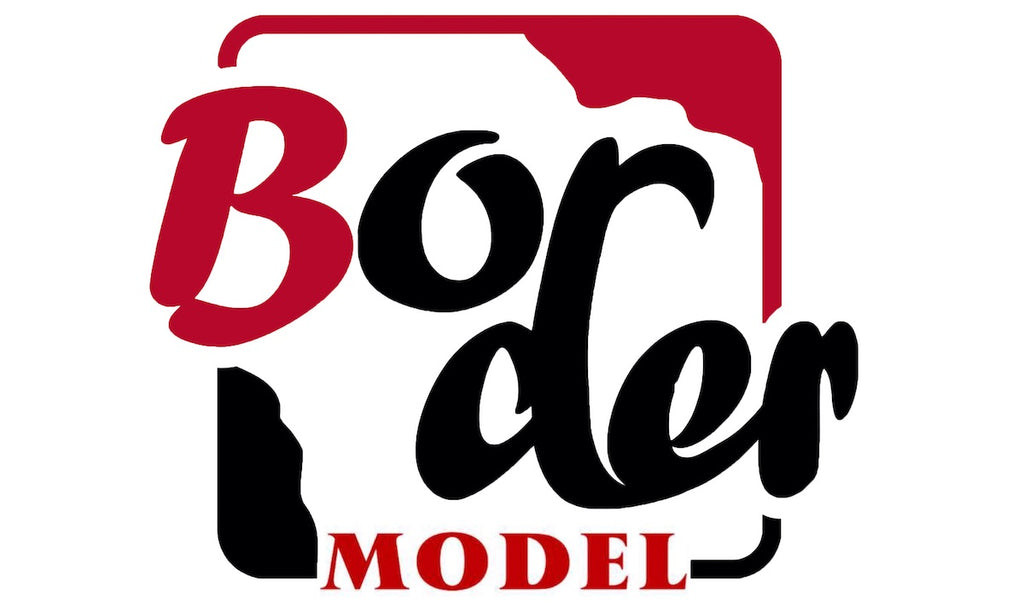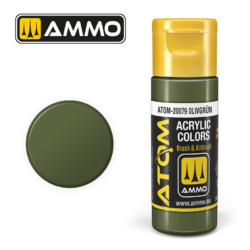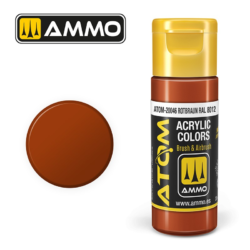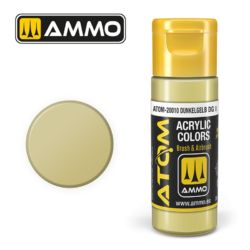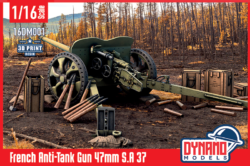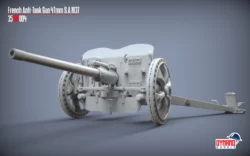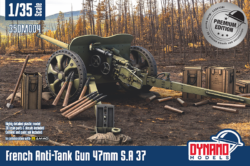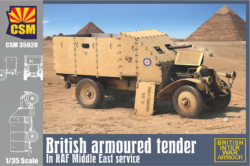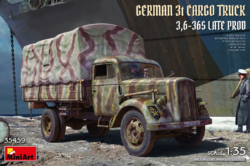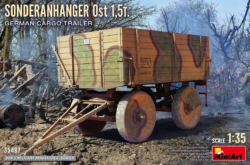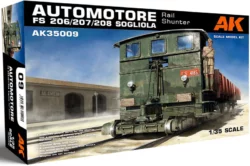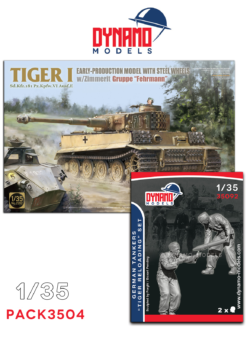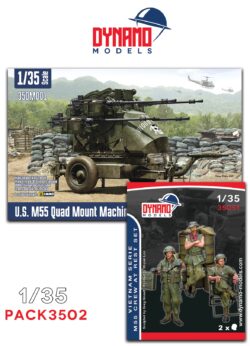Border Model BT032 – 15cm s.FH 18/1 Hummel Sd.Kfz.165 Early Production
49,00€
– Plastic model kit to build a 15cm s.FH 18/1 Hummel Sd.Kfz.165 Early Production 1/35 Border model.
– Scale plastic kit include photo-etch, clear parts and decals
1 en stock
The Border Model BT-032 kit represents the 1:35 scale Hummel Sd.Kfz.165 early production variant with a 15 cm s.FH 18/1 howitzer. This self-propelled artillery vehicle, used by German forces during WWII, is notable for its unique configuration combining firepower and mobility on the battlefield.
Key Features:
- Detailed Components: Includes finely molded plastic parts with options for photo-etched details to enhance the realism of smaller elements.
- Metal Barrel: A rifled metal barrel is provided, allowing for a high level of authenticity in the gun structure.
- Accessories: Comes with additional stowage items, such as buckets and jerry cans, adding to the vehicle’s operational feel.
- Accurate Markings and Decals: Decals and painting instructions cater to historically accurate markings.
This model kit offers a comprehensive build experience for enthusiasts interested in WWII German artillery
15cm s.FH 18/1 Hummel Sd.Kfz.165
The 15cm s.FH 18/1 Hummel Sd.Kfz.165 was a German self-propelled artillery piece used during World War II, known for its powerful 15 cm s.FH 18/1 heavy field howitzer mounted on a modified Panzer III/IV chassis. Named Hummel, or “Bumblebee” in German, this vehicle combined artillery firepower with mobility, addressing the need for self-propelled artillery that could keep pace with advancing armored units in Blitzkrieg operations. Developed in 1942 by Alkett and Rheinmetall-Borsig, the Hummel became a valuable asset to Germany’s artillery forces, providing support for tanks and infantry during major offensives on both the Eastern and Western fronts.
Design and Development
The Hummel was built on a modified Panzer III/IV chassis, which provided a balanced foundation with adequate mobility and reliability for a large self-propelled gun. The chassis combined components from both the Panzer III (such as the steering system) and the Panzer IV (primarily the suspension and powertrain), which facilitated production and maintenance. This design made it adaptable, allowing for easy repairs using available parts from other tank models in the German inventory.
The Hummel was powered by a Maybach HL120 TRM engine, delivering 300 horsepower and enabling it to reach a top speed of 42 km/h on roads and around 20 km/h on rough terrain. With a range of approximately 215 kilometers, the Hummel could operate relatively autonomously in frontline conditions, though it required regular logistical support for fuel and ammunition due to the heavy demand of its 15 cm rounds.
Armament and Capabilities
The Hummel’s primary armament was the 15 cm s.FH 18/1 L/30 howitzer, a powerful weapon capable of firing high-explosive shells up to 13 kilometers. This gun was highly effective against infantry, fortifications, and light to medium vehicles, although it was not designed for direct tank engagement. The Hummel could fire at a rate of two to four rounds per minute, depending on crew efficiency and battlefield conditions. The vehicle typically carried a total of 18 rounds due to space constraints, which necessitated close support by supply units to maintain a steady ammunition flow in prolonged operations.
The open-top fighting compartment provided good visibility and facilitated gun operation, but it left the crew exposed to artillery shrapnel, small-arms fire, and adverse weather. The crew of six included a commander, driver, gunner, loader, and two additional assistants to handle ammunition and help maintain a high rate of fire. Although the open design was a vulnerability, it was a compromise to accommodate the large howitzer on the vehicle’s chassis.
Operational Role and Performance
The Hummel was deployed primarily with Germany’s Panzer divisions, where it served in heavy self-propelled artillery battalions. It played a crucial role in providing indirect fire support to advancing tanks and infantry, softening enemy positions before an assault. Its mobility allowed it to keep up with mechanized units, delivering firepower directly on the battlefield without the need for extensive setup or unlimbering as traditional towed artillery required. This mobility was especially valuable on the Eastern Front, where vast distances and rapid movements characterized the fighting.
First seeing action at the Battle of Kursk in July 1943, the Hummel proved effective in delivering sustained artillery barrages that supported German armored assaults. While vulnerable to counterattacks due to its limited armor and open compartment, it remained in use throughout the war, as it effectively enhanced the German Army’s artillery capabilities. Its role became even more vital as Germany shifted to defensive operations later in the war, where the Hummel’s long-range fire was valuable in holding defensive lines.
Legacy and Impact
While only around 714 units were produced between 1943 and 1944, the Hummel Sd.Kfz.165 had a lasting impact on the design of self-propelled artillery. Its use highlighted the advantages of combining artillery firepower with mobility, inspiring similar developments in post-war self-propelled guns worldwide. The Hummel’s effectiveness as a support vehicle demonstrated that mobile artillery could operate alongside armored units, maintaining consistent firepower as frontlines shifted. This capability became a model for modern artillery doctrine and remains an influential concept in armored warfare. The Hummel’s design also set a precedent for future self-propelled howitzers, emphasizing the need for flexible, mobile fire support in mechanized warfare.
| Poids | 0,8 kg |
|---|---|
| Country |
Germany |
| Material |
Plastic |
| Period |
WW2 |
| Scale | |
| Brand |
